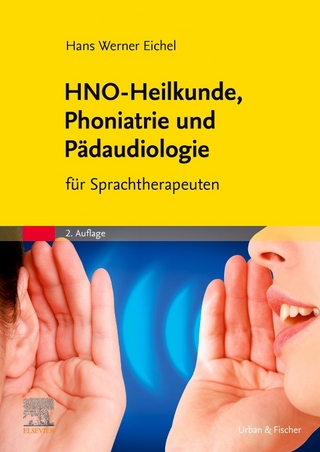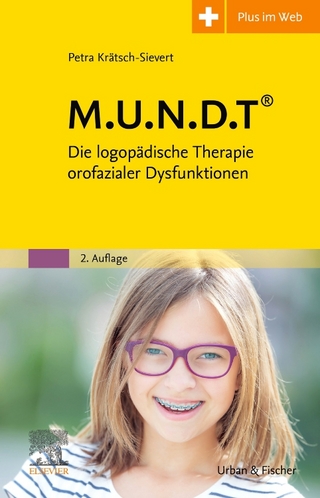
Augmentative and Alternative Communication
John Wiley & Sons Inc (Verlag)
978-1-86156-143-5 (ISBN)
- Titel z.Zt. nicht lieferbar
- Versandkostenfrei innerhalb Deutschlands
- Auch auf Rechnung
- Verfügbarkeit in der Filiale vor Ort prüfen
- Artikel merken
Filip T. Loncke, Center for International Cooperation Fracaritatis, Belgium. John Clibbens, University of Plymouth, UK. Helen H. Arvedson, Purdue University, USA. Lyle Lloyd, Purdue University, USA.
Section 1. Language Development. Chapter 1. Introduction to Language development.
Chapter 2. The Bimodal Situation of Children Learning Using Manual and Graphic Sign.
Chapter 3. Form and Meaning in Alternative Language development.
Chapter 4. Understanding The Impact of Graphic Sign Use on The message Structure Characteristics of Individuals With Severe Speech impairments.
Chapter 5. Linking Language Learning Experiences and Grammatical acquisition.
Chapter 6. Reflections on The Development of Alternative Language forms.
Section 2. Natural Language Processing.
Chapter 7. Language Processing techniques and Resources for Communication Aids. An Overview of Previous research.
Chapter 8. Modelling Pragmatics in Aac.
Chapter 9. Considerations on the Automatic Evaluation of Word Prediction Systems.
Chapter 10. The Role of evaluation in Bringing NLP to Aac, A Case to Consider.
Chapter 11. Evaluation of NLP Technology for AAC Using Logged Data.
Chapter 12. Grammar and Lexicons for a Speech-interfaced Knowledge-based Engineering Program.
Chapter 13. scriptlog. A Tool for Logging The Writing Process and its Possible Diagnostic use.
Chapter 14. Some Future Research Directions.
Section 3. Graphic Symbol use.
Chapter 15. Considerations for Understanding The Nature and Use of Graphic symbols.
Chapter 16. Graphic Symbol Use, An Orientation Toward Theoretical relevance.
Chapter 17. Graphic Symbols, Clinical Issues.
Chapter 18. Graphic symbols and Information Processing.
Chapter 19. Research Issues and Graphic symbol Use.
Section 4. Outcomes and Measurements in Aac.
Chapter 20. Outcomes measurement in Aac.
Section 5. Family Issues and Aac.
Chapter 21. Moving forward With Families, Persepectives in AAC Research and Practice.
Section 6. Consumer Issues and Aac.
Chapter 22. An Introduction to Consumer Perspectives in AAC Research, Approaches, Techniques and Their Theoretical Underpinnings.
Chapter 23. Challenging Oppression, Augmented Communicators' Involvement in AAC research.
Chapter 24. Nothing About Me, A Proposal for Participatory Action research in Aac.
Chapter 25. Examining The Perspectives of Families, Issues related to Conducting Cross-cultural Research.
| Erscheint lt. Verlag | 1.10.1999 |
|---|---|
| Verlagsort | New York |
| Sprache | englisch |
| Maße | 154 x 233 mm |
| Gewicht | 595 g |
| Themenwelt | Medizin / Pharmazie ► Gesundheitsfachberufe ► Logopädie |
| ISBN-10 | 1-86156-143-1 / 1861561431 |
| ISBN-13 | 978-1-86156-143-5 / 9781861561435 |
| Zustand | Neuware |
| Haben Sie eine Frage zum Produkt? |
aus dem Bereich


